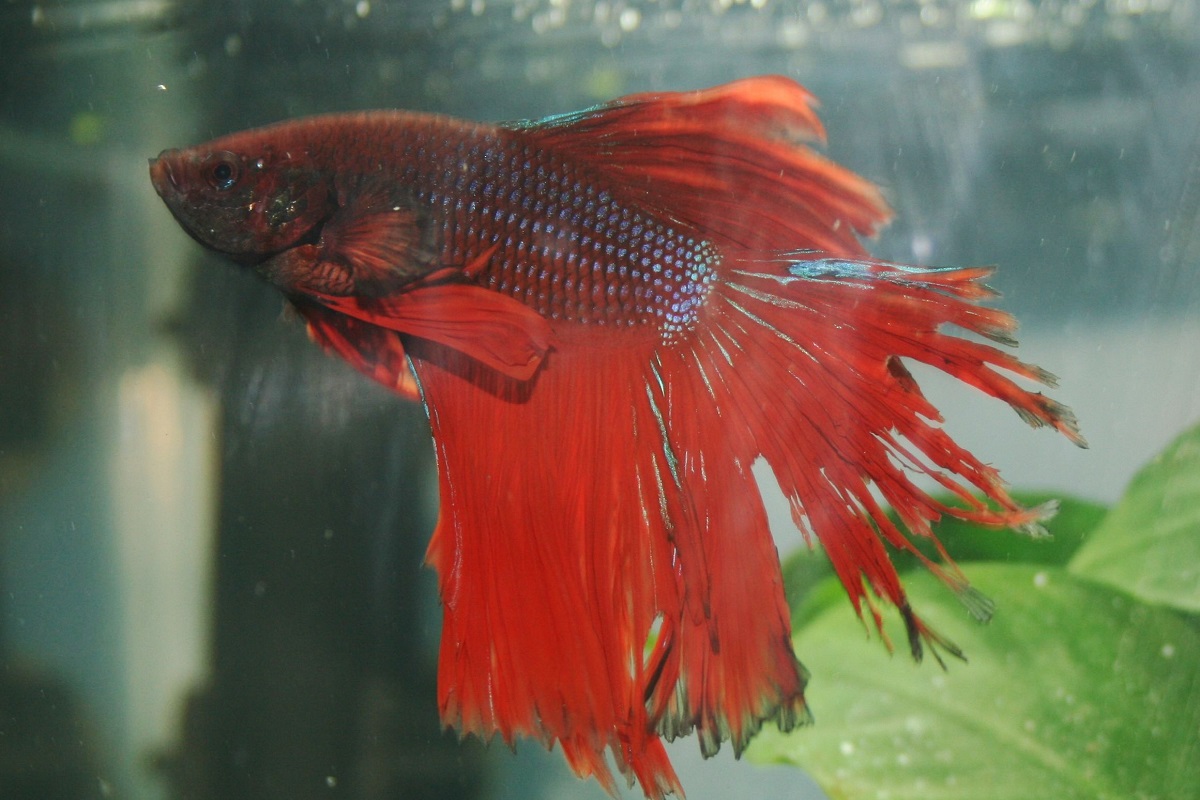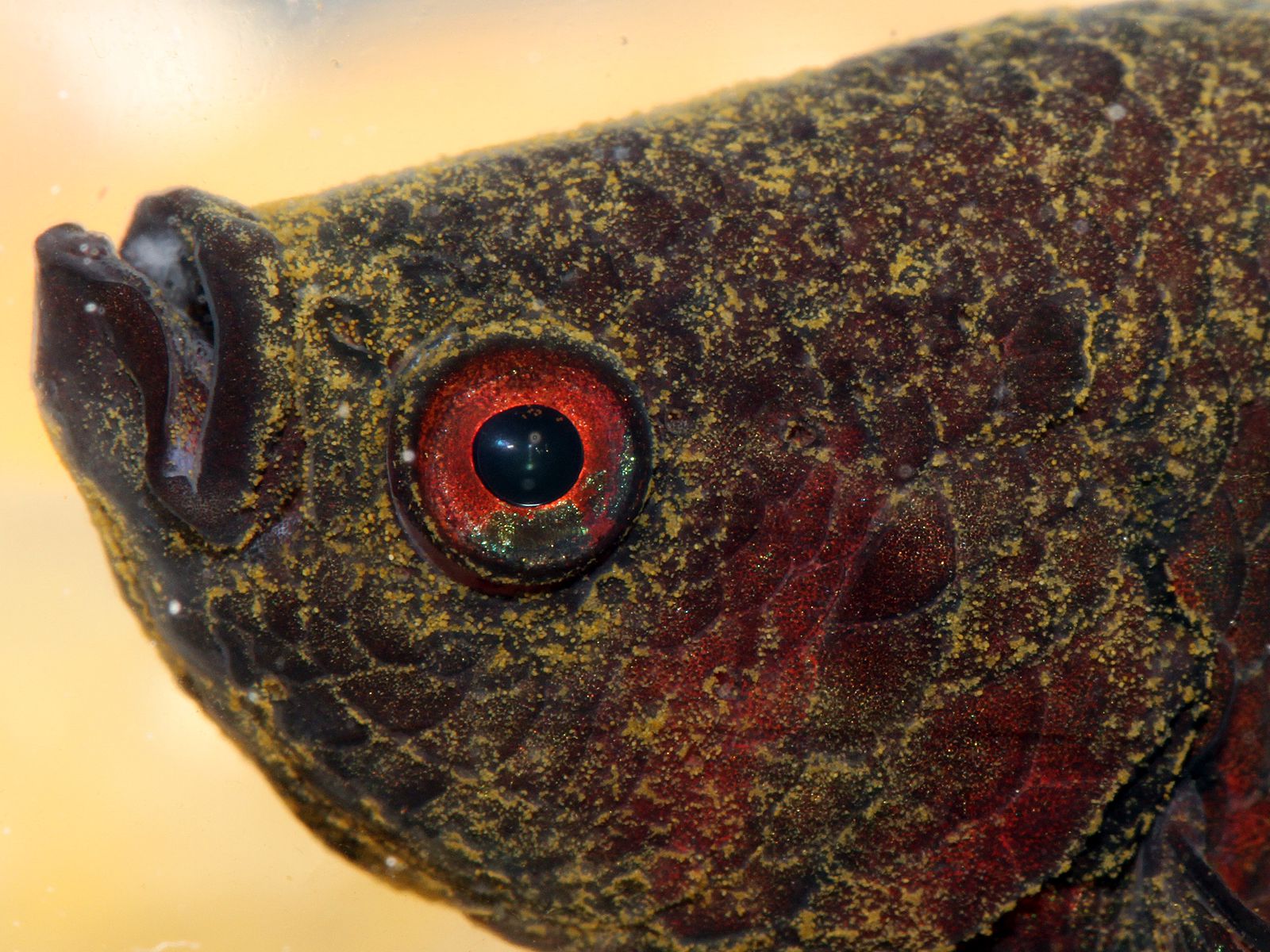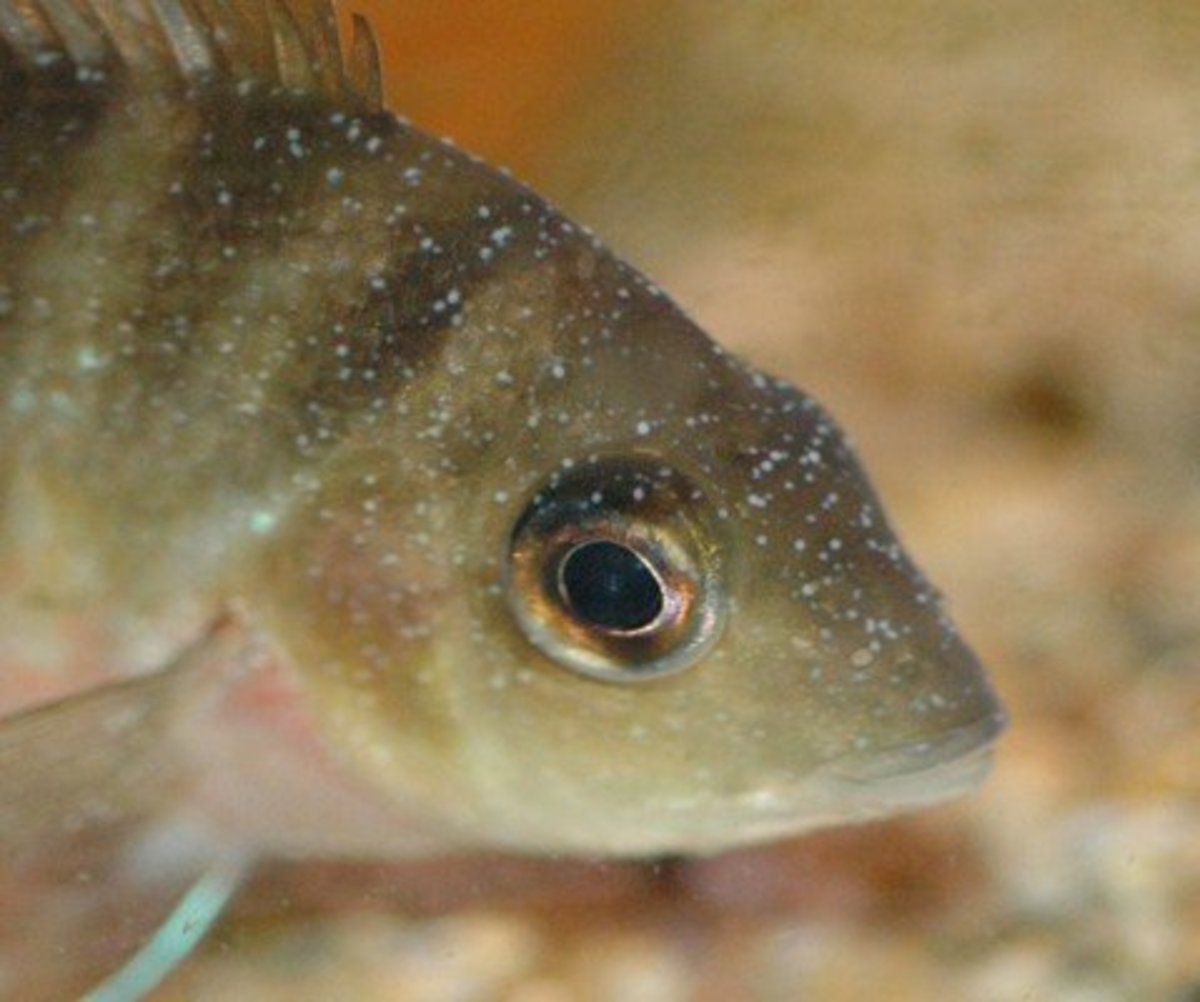It is necessary to examine the fungal disease in fish under two headings. One is a fungal disease and the other is a false fungal disease. These two can often be confused with each other. False fungal disease is similar in appearance to fungal disease. The only difference is that the wrong fungal disease is caused by bacteria, not fungal spores. False fungal disease is caused by Flexibacter Columnaris bacteria and develops mostly in the mouths of fish. In our article, we will try to explain both diseases by considering them.
The drugs to be used in the treatment of this disease can be toxic or even fatal to humans. The instructions for use of the drugs should be followed carefully. Keep these medicines out of the reach of children. The use of drugs is entirely at the initiative of the reader and aquariumpedia.com is not responsible for any damages that may arise from the misuse of drugs. The information to be given in this article is just a recommendation.
False Fungal Infection
The disease we call false fungus is actually known as mouth fungus. This disease usually occurs due to stress. If this disease progresses, gray and cottony things are observed in the fish’s mouth. This is why it is confused with fungal disease. The cottony structure that appears in the mouth in false fungal disease has a more dense and granular structure. Another difference is that it is gray in color, not white as in fungal disease. False fungal disease is most common in the mouth and gills. Therefore, if your fish is denser around the mouth, it is likely to be a false fungal disease. If this disease progresses and is not treated, it affects the internal organs of the fish and can cause sudden death. Potassium permanganate or phenoxyethanol can be used for treatment.
- Potassium permanganate concentration should be around 2 ppm and should be applied for 8 hours. As with other treatments, diseased fish should be carefully monitored and if there are any signs of stress, water changes should be made immediately. After treatment, aquarium water should be changed completely. Potassium permanganate damages the soft tissues of fish such as gills.
- You can also apply a phenoxyethanol bath to the fish. This substance is also used in the treatment of fungal disease. Even if you are wrong with the diagnosis, it will help the treatment.
Fungal Infection
Let’s take a look at fungal disease, which is the main topic of our article. Poor water quality and low oxygen content in the water, insufficient water circulation, and feed rot due to overfeeding create the conditions for the reproduction of fungal spores. There is no way to destroy fungal spores in water. Naturally, these sports are found in water. As a result of damage to the mucosa caused by injury or stress in your fish, they find a suitable environment to thrive. Fungal infection usually settles in the nose, head, gills, and fins of the fish. After settling, it continues its development and creates white and cottony structures. This disease is rapidly spreading and you should start treatment as soon as you notice this situation in your fish.
There are various treatment methods for fungal infection. The drugs that can be used in treatment can cause serious harm to human health. Therefore, read and follow the instructions for use carefully. Keep the medication out of the reach of children.
First of all, you should increase the aquarium water quality. You should increase the amount of oxygen in the water.
Take your fish showing signs of illness into the quarantine aquarium immediately. If you have one, use a different ladle than the one you use for your regular aquarium. The quarantine tank is for fish only and is not suitable for other creatures such as snails or shrimp.
- If it is not deadly to your fish, adding a little salt to the water will accelerate the treatment.
- Guppy, molly, platy, and swordtail are not damaged by some salt. However, when adding salt, one should not overdo it. You can add 1 small spoon of salt to every 10 liters of water. Salt treatment should not be applied if there are corydoras species, tetra, stingray or discus in the aquarium.
- Phenoxyethanol is mostly known for its use to calm fish. However, it also works in fungal treatment. If you use it as a bath, add 10 milligrams of medication to 100 milliliters of distilled water. Then take 10 milliliters of the mixture and mix it in a quarantine aquarium. You can repeat the drug every 2-3 days until your fish is fully recovered. You can apply 3 times in total and you need to change 50% water before each application. You can also leave the medicine on a cotton object and apply it directly to the cork.Malachite green is also an organic dye. However, it is not used much anymore because it is harmful to humans. If you want to apply it, add 1 gram to 100 milliliters of distilled water. Then, apply it to the diseased area with the help of a cotton ball.
- Methylene blue is an organic dye. It is known for its frequent use in the aquarium hobby to treat fungi, bacteria, and parasites.
You can also use sodium chloride as bleach. However, you have to pay attention to the dosage. - Gentian violet is a type of water-soluble paint. Although it is mostly used in bacterial treatment, it can also be used in fungal treatment.
- Once the disease occurs, the treatment does not end in one go. For this reason, the fish should stay in the quarantine aquarium for a while against the risk of recurrence.
It may be difficult to distinguish between fin rot, fungal and mouth fungal diseases (false fungus). In this case, using formalin and malachite green together may be a solution. Because these two chemicals are effective against many bacteria and fungi.
You may be wondering what harm little thrush insight can do. However, when the disease is left untreated, it can enter the fish’s body and progress to the organs. If left unattended, it moves to the bone and cartilage tissue of the fish and can kill your fish suddenly.
Fungal Infection in Fish Eggs
You have noticed that some fish are venting their eggs. In doing so, they are actually trying to prevent the formation of fungi in their eggs. Fish eggs are one of the most suitable places where mushrooms want to settle. Fungal spores settle first in unfertilized eggs. As they develop, they infect healthy embryos. Given that not all fish protect their eggs, removing unfertilized eggs from the water is essential to prevent fungal disease. So how can you separate unfertilized eggs? Unfertilized eggs are opaque in color. They can be easily noticed in the water. A straw can be used to remove unfertilized eggs from the water.
How to Prevent Fungal Infection in Fish
Aquarium water always contains fungal spores by nature. Fungal spores do not make a healthy and immune fish sick. Any wound in the body of the fish or the melting of the body mucosa causes fungal disease. If the water quality is also low, the likelihood of the disease appearing in your fish will increase. Some basic precautions should be taken into consideration in order that the fungal spores in the water do not cause infection in your fish.
Care should be taken when carrying or grabbing your fish. Care should be taken to avoid any injury to the fish’s body.
Fish that may harm each other should not be kept together. For example, fin-eating fish harm other fish in the aquarium.
Aggressive fish can cause injuries.
If you detect any disease in your fish, you should not be late in its treatment. Because wounds caused by diseases such as white spots and holes on the head can cause fungal growth. At the same time, the chances of fungal infections will increase as any disease will weaken the immune system of your fish.
You can use tea tree oil for injured fish for fungal infection, which is still at a very early stage. Although it is not as potent as drugs, it can prevent fungal growth.
Conclusion
Fungal spores in aquarium water are not dangerous for a well-kept aquarium and healthy fish. Fungal spores multiply when aquarium water becomes contaminated. If there is a wounded fish in your aquarium, they settle in the body of this fish. When this disease is detected, it must be treated quickly, otherwise, it is inevitable to infect other living things in the aquarium. Treatments can be made with the chemicals mentioned in our article. These drugs can be harmful or even fatal to human health. Therefore, be careful to use it in accordance with the instructions for use. Make sure these medicines are out of the reach of children.




